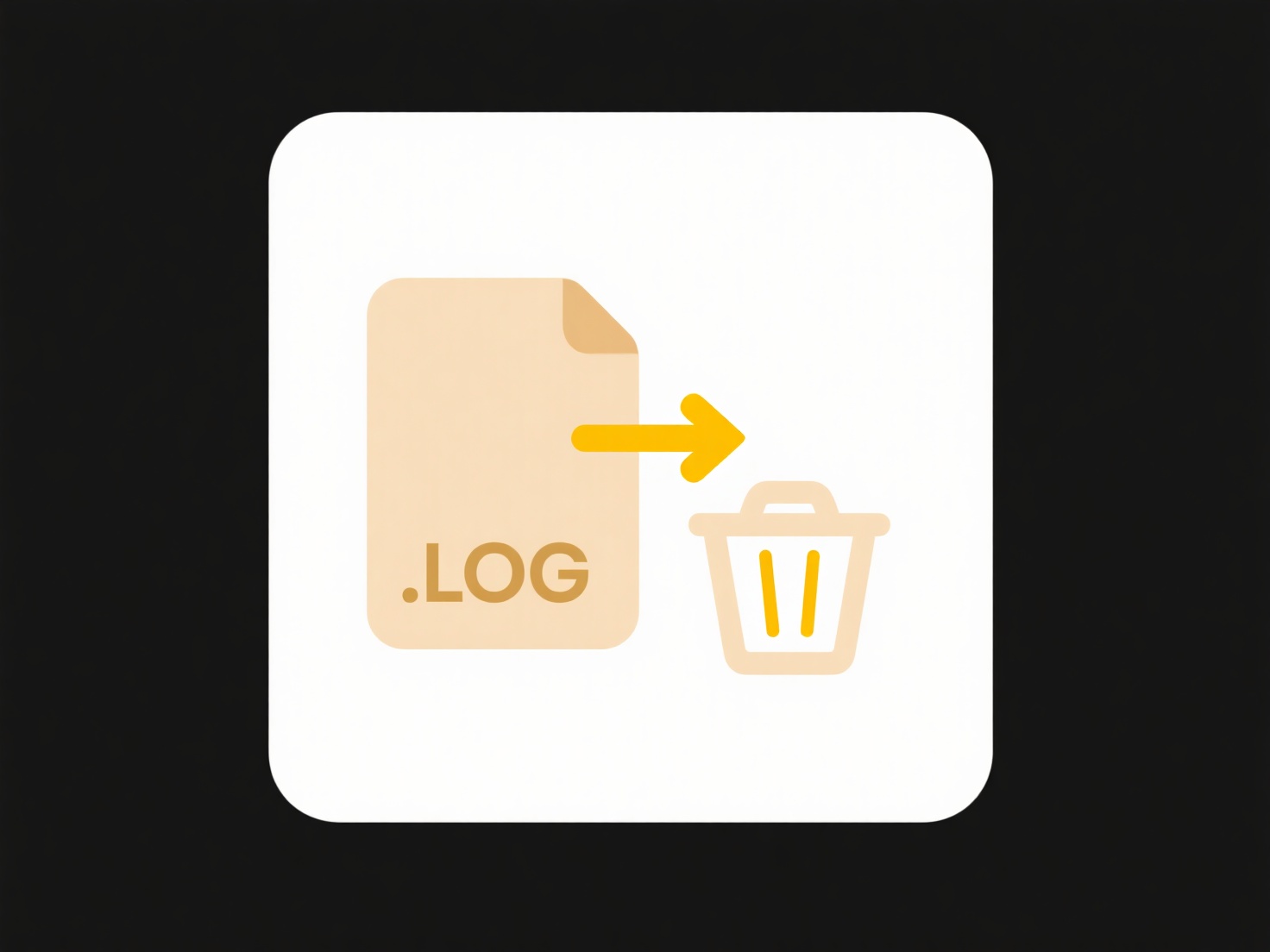
A document naming template or checklist establishes consistent naming conventions for business files. It provides a reusable structure for titles by combining placeholders for metadata like document type, project name, date, or version. Unlike ad-hoc naming, this systematic approach ensures all files follow the same logical order and separators (like underscores or hyphens), making documents easier to locate and organize.
For example, a standard template like "ProjectName_DocumentType_YYYYMMDD" could yield "PhoenixCampaign_Budget_20241015". Legal departments often use versions: "Contract_NDA_AcmeCo_v2". This practice is crucial in regulated industries (finance, healthcare) and platforms like SharePoint or Google Drive where searchability is vital.

Key benefits include reduced search time and version errors. However, strict templates may limit flexibility for unique cases, and team adoption requires training. Ethical file naming avoids ambiguous terms to prevent confusion. Future refinements could integrate automated metadata tagging. Overall, consistency directly supports productivity and compliance.
How can I create a template or checklist for naming business documents?
A document naming template or checklist establishes consistent naming conventions for business files. It provides a reusable structure for titles by combining placeholders for metadata like document type, project name, date, or version. Unlike ad-hoc naming, this systematic approach ensures all files follow the same logical order and separators (like underscores or hyphens), making documents easier to locate and organize.
For example, a standard template like "ProjectName_DocumentType_YYYYMMDD" could yield "PhoenixCampaign_Budget_20241015". Legal departments often use versions: "Contract_NDA_AcmeCo_v2". This practice is crucial in regulated industries (finance, healthcare) and platforms like SharePoint or Google Drive where searchability is vital.

Key benefits include reduced search time and version errors. However, strict templates may limit flexibility for unique cases, and team adoption requires training. Ethical file naming avoids ambiguous terms to prevent confusion. Future refinements could integrate automated metadata tagging. Overall, consistency directly supports productivity and compliance.
Related Recommendations
Quick Article Links
How can I prevent duplicate file names in the same folder?
Preventing duplicate file names in the same folder ensures unique identification and avoids accidental overwrites. Opera...
How to organize screenshots, memes, and miscellaneous images separately?
How to organize screenshots, memes, and miscellaneous images separately? Organizing visual media like screenshots, mem...
Can I rename files using NFC or QR triggers?
NFC tags and QR codes are physical triggers that store information. They don't directly rename files themselves. Instead...